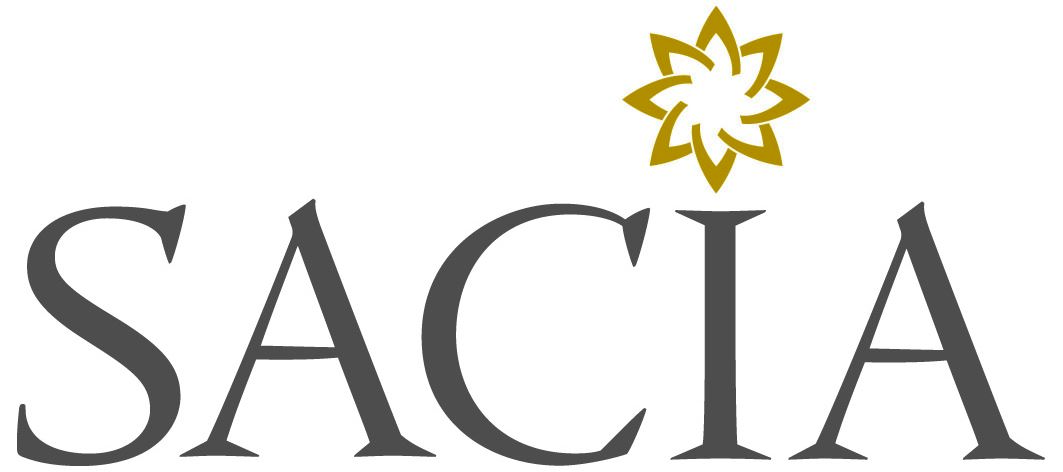- Home
- Designations
- Event Safety
- Certified Event Safety Practitioner
2.2.14 Certified Event Safety Practitioner Description The “Certified Event Safety Practitioner” designation signifies an individual’s informed knowledge and commitment to safe working practices in the events industry and asserts their commitment to continuing professional development in this field. A Certified Event Safety Practitioner has demonstrated their informed understanding of standards, regulations and laws relating to event safety, as well as an informed understanding of the role and responsibility of agencies involved in the inspection and approval of event power and temporary demountable structures. Benefits Become a member of SACIA and use the designatory letters ESP behind their name Offer employers and colleagues assurance of commitment to the events industry Be listed on the National Learners’ Record Database Qualifying criteria The candidate should hold either a National Senior Certificate (qualification ID 49647), a National Certificate Vocational (qualification ID 50441), an FET Certificate: Event Support (qualification ID 67461) or any other relevant NQF-level 4 qualification. The candidate should also have minimum 2 year’s relevant work experience in the events industry. Individuals working on a freelance basis should demonstrate that they have worked a minimum 105 days in each year. Assessment Applicants write an online multiple-choice exam and are required to prepare and present a portfolio of evidence supporting their claim of competence. The Portfolio of Evidence is independently assessed by the SACIA certification council Preparing a portfolio of evidence There is no definitive list of documents that should appear within the portfolio but generally it would include:
We do NOT provide a template for the reference letters because we are looking for an authentic endorsement of your skills and attributes, written by someone familiar with your work, character and accomplishments. We'd suggest their letter cover the values and principles associated with SACIA membership described in the SACIA Code of Professional Conduct, but even this suggestion is tempered by a greater need for the testimonial to be an authentic endorsement of your skills and attributes. What we don’t want, is two identical letters signed by different signatories. We’re looking for authentic inputs – and that’s an inherently personal input from people familiar with your work. Their portfolio of evidence should also demonstrate your understanding of the standards, regulations and legislation that applies to the events industry. An assessment will be conducted by a body of subject matter experts. Recognition of Prior Learning SACIA’s certification council recognise that many of the applicants for this designation will not hold an underlying NQF-level 4 qualification. The Council will encourage individual’s lacking such a qualification to apply for a professional designation if they can demonstrate additional work experience in event safety. For more information, please visit the RPL page. Designation competencies An individual applying for recognition as a Certified Event Safety Practitioner should be able to demonstrate: 1. An informed knowledge of event safety practices across multiple event formats, and an informed understanding of the key terms, rules, concepts, established principles and theories related to event safety. 2. The candidate should demonstrate an informed understanding of standards, regulations and laws relating to event safety (including but not limited to the Occupational Health & Safety Act, SANS10366, Safety at Sports & Recreational Events Act, Basic Conditions of Employment Act, Employment Equity Act (Section 6), Promotion of Equality and Prevention of Unfair Discrimination Act, and the Disaster Management Act), and should understand how these are applied across multiple event formats. 3. A fundamental understanding of dispute resolution techniques applicable to both public and private spaces, as well as practical experience in the implementation of guidelines, processes and procedures required for planning, organising and running events. 4. The ability to adhere to the SACIA code of professional conduct, and an informed understanding of societal values and ethics. In particular, the candidate should demonstrate a fundamental understanding of gender-based violence, discrimination, victimisation, sexual harassment, bullying and intimidation that may apply in an event environment. 5. The ability to communicate and present event and safety information reliably and accurately in written and in oral form. 6. An understanding of the organisational structure used in the events industry, including the role and responsibility of agencies involved in the inspection and approval of event power and temporary demountable structures. 7. An informed ability to conduct a risk analysis on events across multiple formats Application Process The Application Form is completed and submitted to SACIA for processing, together with the required supporting documentation. This includes payment of the registration fee. Candidate completes online multiple-choice examination. Candidate presents their Portfolio of Evidence Candidates are notified of outcome of evaluation. Successful candidates are Certified, and their name is added to the National Learners Records Database Continuing professional development (CPD) requirements Designated members are required to:
It is important to note that:
|



